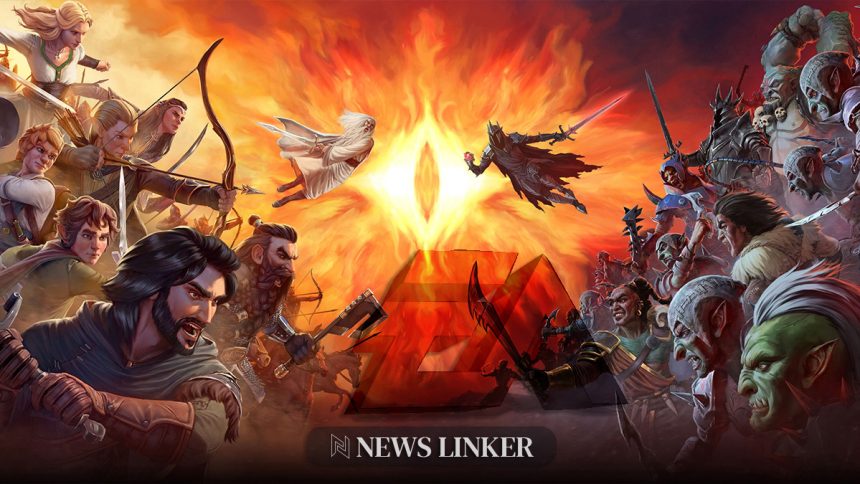One of the pivotal moments in the gaming industry‘s history involved EA’s decision to pass on acquiring major franchises like Call of Duty, Guitar Hero, and Blizzard. These missed opportunities have significantly shaped the competitive landscape, allowing rival companies to capitalize and dominate. The strategic choices made during that period continue to influence market dynamics and company trajectories today.
EA’s reluctance to invest in these key franchises contrasts with its earlier aggressive acquisition strategies, where it often sought to expand its portfolio by purchasing established studios. This shift in approach highlights a more cautious stance that ultimately cost the company its position in several lucrative markets.
Why Did EA Reject Acquiring These Major Franchises?
EA opted against purchasing Call of Duty, Guitar Hero, and Blizzard due to strategic priorities and financial considerations at the time. Bing Gordon, former EA chief creative officer, shared that the company saw potential risks that outweighed the benefits of these acquisitions.
How Has Activision Benefited from These Missed Opportunities?
Activision seized the chance to acquire these franchises, leading to substantial profitability and market dominance. Kotick emphasized the importance of these decisions by stating,
“This is why I have double-high respect for Kotick saying, ‘no, no, this is going to be good to own.’
These moves have solidified Activision’s position as a leading publisher in the gaming industry.
What Impact Did These Decisions Have on Talent Retention?
The divergent acquisition strategies of EA and Activision affected their ability to retain key creative talent. Kotick noted that Activision’s approach helped maintain productivity and stability within acquired companies, whereas EA struggled to keep teams intact, leading to the loss of creative leadership.
Activision’s success, fueled by strategic acquisitions of key franchises, contrasts sharply with EA’s more conservative approach that resulted in missed opportunities and talent loss. This divergence underscores the importance of strategic decision-making in the competitive gaming market. For industry stakeholders, understanding these dynamics can inform future acquisition strategies and talent management practices to foster growth and sustainability.










